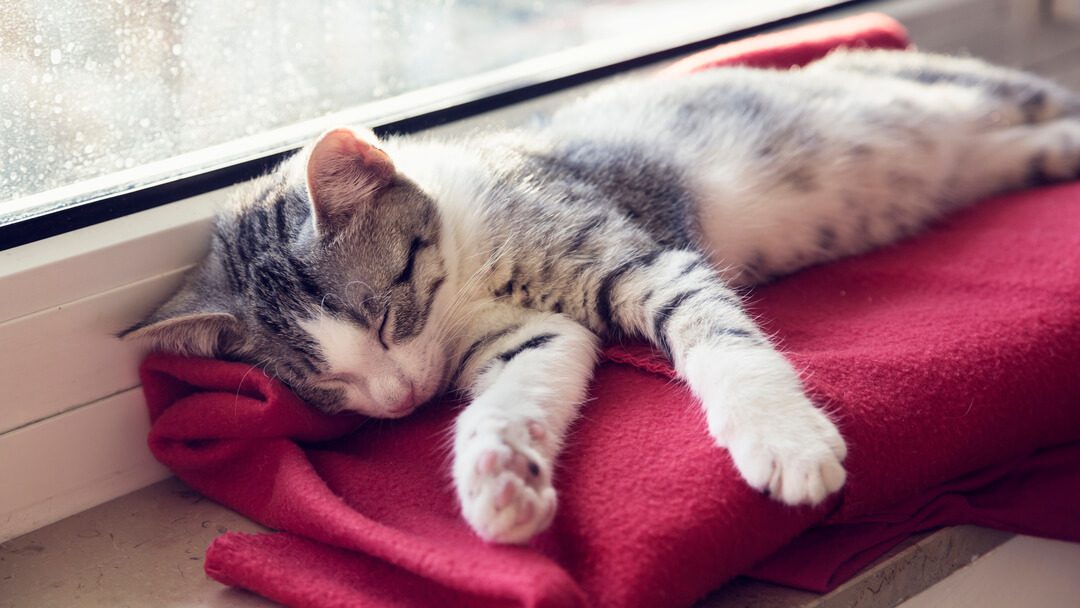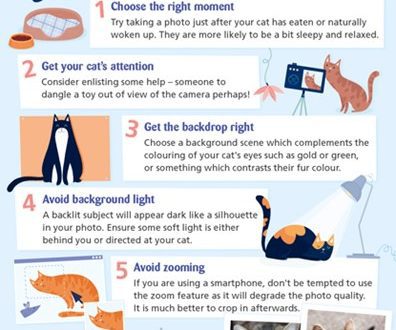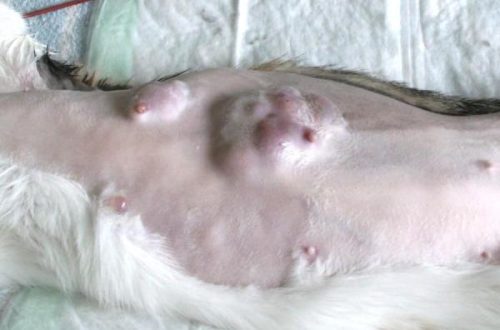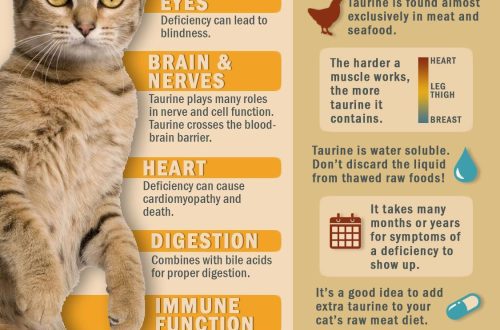
E fia le tele e momoe ai pusi: mea uma e uiga i fagafao
Are cats really nocturnal animals? Many of them wander around the dark rooms of the sleeping house between three and four in the morning and may require at least one late snack.
Despite such obvious disrespect of cats to the human sleep pattern, in fact they are not nocturnal, but twilight animals. This biological category includes animals that are most active around dawn and dusk, explains Mother Nature Network. Many crepuscular animals, from rabbits to lions, evolved to survive when temperatures were at their lowest in their desert habitat.
Knowing the typical pattern of twilight behavior – short bursts of energy followed by long periods of rest – will help to understand why the peak of a cat’s play activity most often occurs exactly at the time when a person is sleeping.
twilight animals
Truly nocturnal animals, such as raccoons and owls, stay awake all night and, taking advantage of the darkness, hunt their prey. Diurnal animals such as squirrels, butterflies and humans work day shifts. But crepuscular animals take advantage of the fading daylight and the fading darkness to make the best of the day and night world.
“The most cited theory of crepuscular activity is that it offers an optimal balance,” explains BBC Earth News. “At this time, it’s light enough to see, and it’s also dark enough, which reduces the likelihood of being caught and eaten.” Predators, such as hawks, have poor eyesight during the twilight hours, making it harder for them to catch small and tasty twilight creatures.
Although this behavior is instinctive for every species, the animal’s nocturnal, diurnal, or crepuscular lifestyle is largely determined by the structure of its eyes. In some twilight creatures, such as cats, the retina has a slit-like shape, like that of nocturnal animals. This explains why even in the darkest room, it is easy for him to grab his owner’s toe to play.
“Vertical palpebral fissure is commonly found in ambush predators,” Martin Banks, an ophthalmological scientist, told National Public Radio (NPR). The vertical slit has “optical features that make it ideal” for cats that wait before pouncing on their prey. In a cat, this behavior can often be observed at dusk or at dawn.
To sleep or not to sleep
Although cats are biologically programmed to be most active at dusk, some of them prefer to run amok in the wee hours. After all, it is unlikely that a cat will be very cheerful if she sleeps for sixteen hours in a row. Most pets wake up their owners at least once a night. The owners don’t like it. It is this form of nocturnal pranks that usually raises the question, “Are cats really nocturnal animals?”
The sleep pattern of a cat plays a significant role. Sleep and rest are not the same for animals as they are for their owners, explains Animal Planet. Cats “do have REM and non-REM sleep, but in neither of these phases does the cat completely shut down.” Cats are always alert, even when they are sleeping.
If they are awakened by a strange noise, they wake up almost instantly and are fully ready for action. It is this ability that allows cats and wild animals in general to stay safe and forage for their own food in nature. Many owners have observed situations when their furry friends, deep asleep at the other end of the room, were next to each other a second later, it was only necessary to open a can of food with a click.
Domestic cats no longer need to hunt to get their own food, but this does not mean that these instincts have disappeared. As genetics professor Dr. Wes Warren told the Smithsonian Magazine, “cats have retained their hunting skills, so they are less dependent on humans for food.” That’s why the cat will definitely “hunt” for his toys, food and cat treats.
The hunting instincts of a cat are inextricably linked with its twilight nature, which leads to amazing forms of behavior in the home. It resembles the behavior of her wild ancestors – like a miniature lion lives in an apartment.
Moe faafouga
The concept of “cat’s sleep” – a short sleep for recuperation – appeared for a reason. The cat sleeps a lot. An adult requires thirteen to sixteen hours of sleep per night, and kittens and young cats up to twenty hours.
Cats “pour out” their ration in a continuous 24-hour cycle of short sleep periods instead of one long sleep. They make the most of these dreams, storing energy to use during periods of peak activity. That’s why a cat sleeps differently than we do – her schedule is built in a completely different way.
Although a cat’s periods of activity may be short, they are intense. Like all twilight animals, a productive furry friend is excellent at accumulating and expending his energy. In order to make the most of these periods of activity, the cat must release all the energy and will tirelessly seek entertainment. Perhaps she will drive her jingling balls around the house or toss a toy mouse with catnip in the air. At the same time, she can do various pranks in the house, so you need to carefully monitor her to prevent hooligan scratching and harmful curiosity.
Such active periods will give the owners the opportunity to study the behavior of the cat and see it in action. Does she patiently watch a soft toy for half an hour before she finally pounces? Is she peeking around the corner, stalking treats like they might fly away? Carpet folds become an impromptu mink for crispy balls? It is quite entertaining to watch how a domestic cat imitates the behavior of its wild relatives.
Some cats can be imposing, regardless of what instincts or breed dictate to them. But all cats are excellent at storing energy and using it as efficiently as possible during active periods. It is the twilight hours that reveal their bright individuality.





